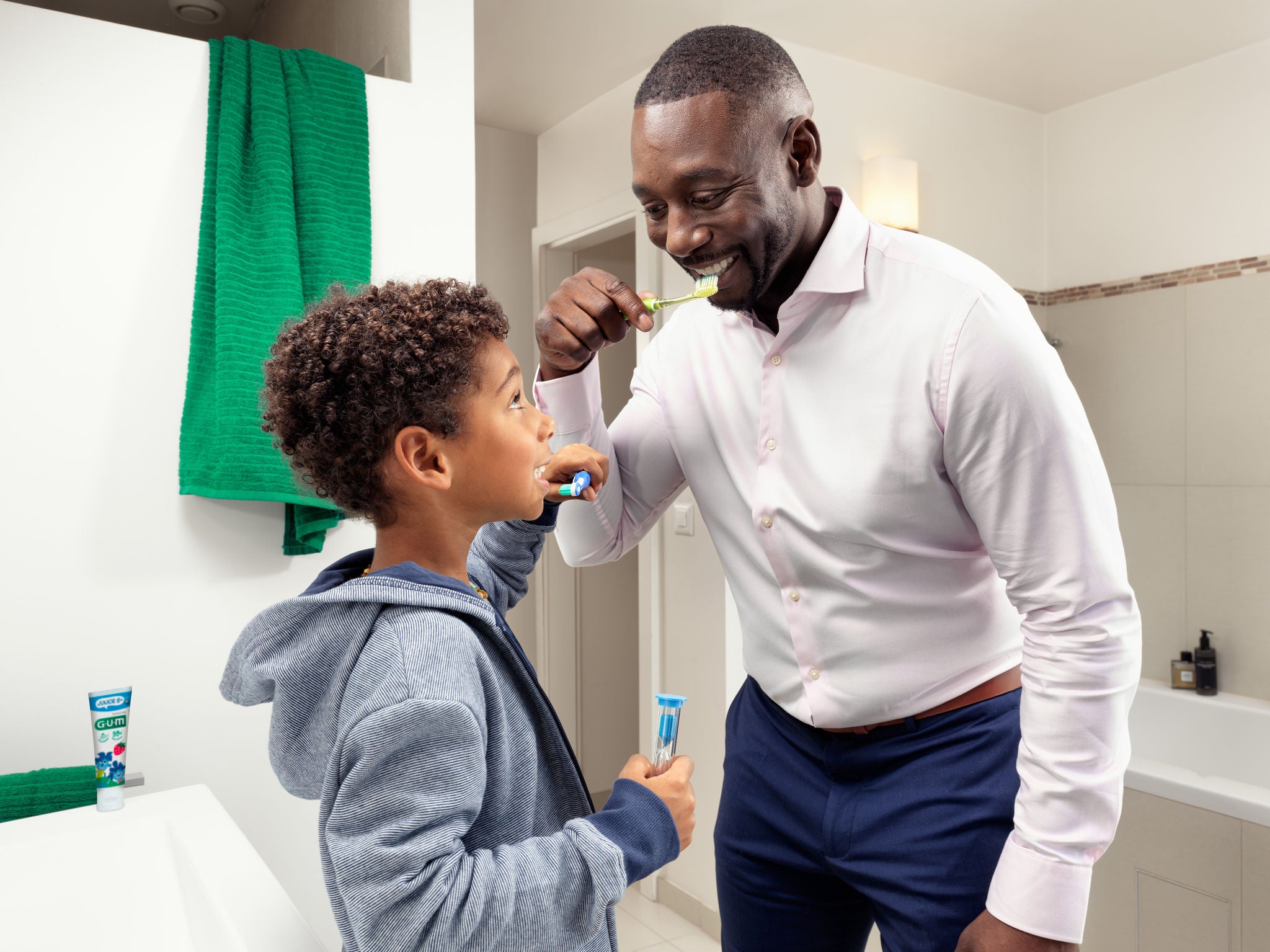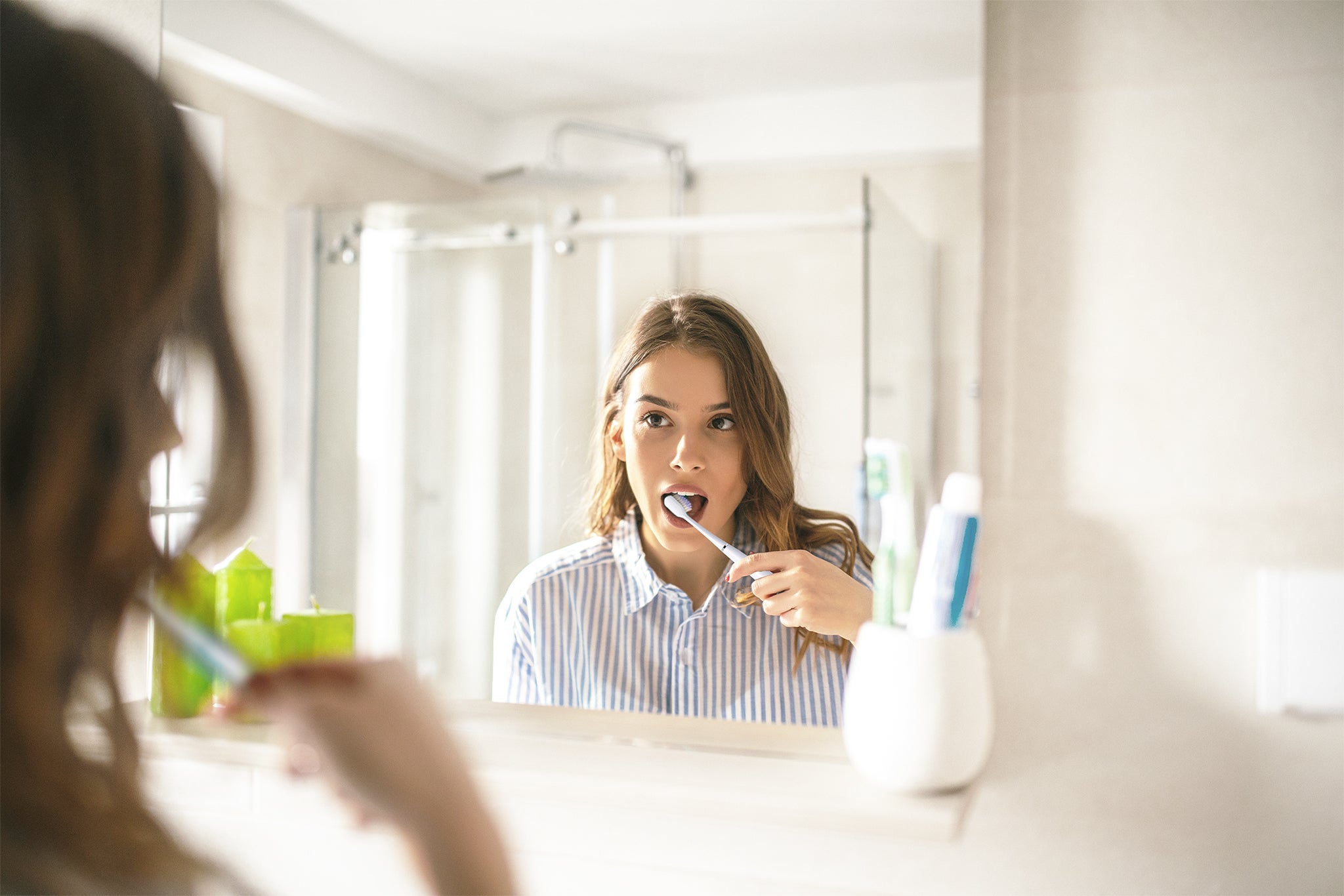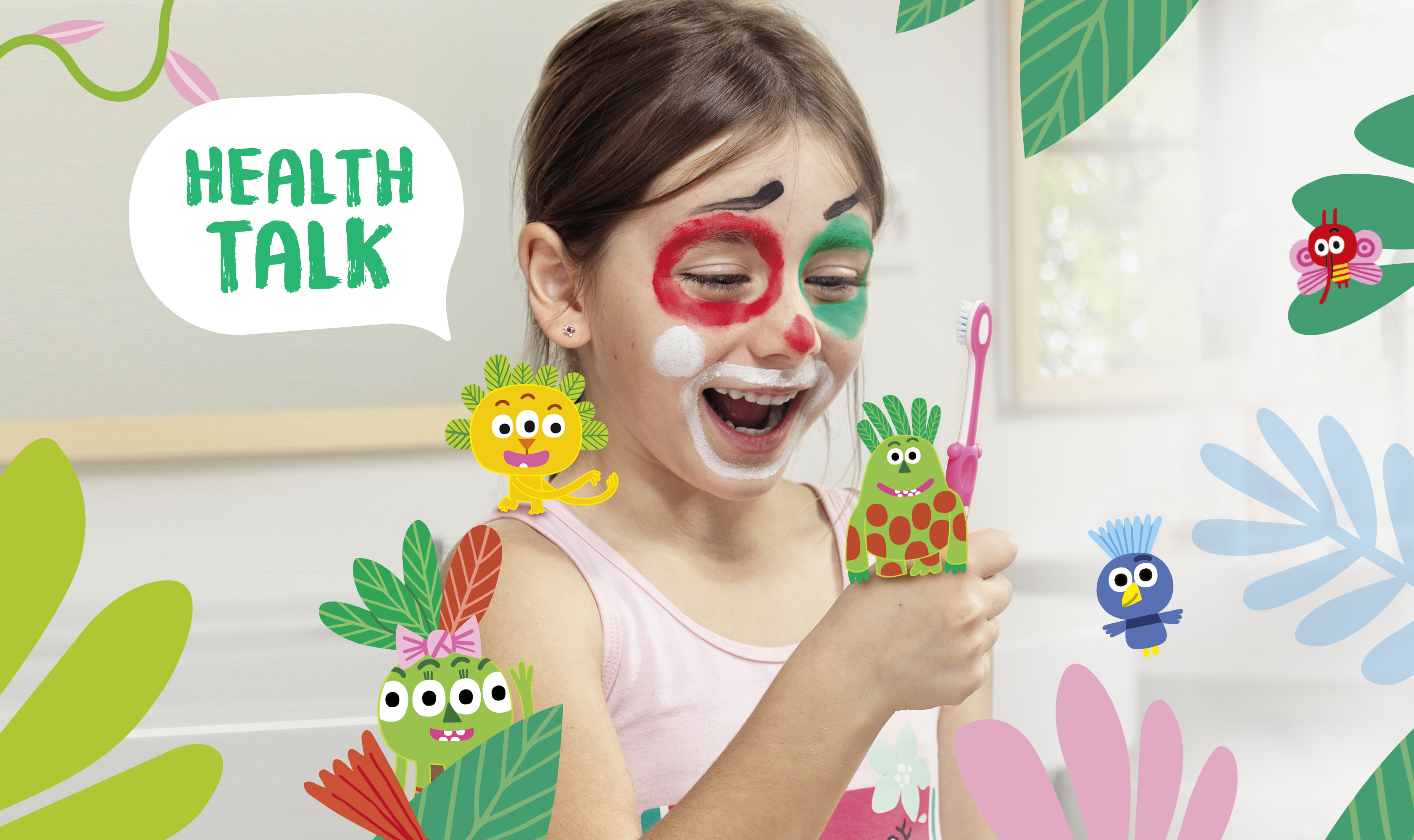
Children’s Oral Health Care Guide: Building Good Habits For Life
For years, we’ve known that poor oral health affects children by causing pain, poor academic performance, and lower self-esteem. Studies have shown that untreated childhood cavities may lead to difficulties with eating, speaking, learning, and playing. Children who have dental health problems are absent from school more frequently and get lower grades.

The importance of optimal oral health in childhood
The importance of children’s oral health good dental care begins at the start of your child’s life. Tooth decay in a baby’s teeth can affect their eating and nutrition as well as jaw and speech development. A child with dental caries may become anxious when visiting the dentist.
Like attainment of success in most areas of life, oral health depends on developing the right habits.
If your child has poor oral health habits from a young age, this can have a lasting effect. Dental health impacts everything from eating, diet and nutrition to schoolwork and productivity, sleep quality, self-image, socialising and overall quality of life.
If you teach your child healthy dental habits from a young age, these habits will likely follow them through the rest of their life.
Children’s oral health impact on their development and future health creates a sense of urgency for optimum paediatric oral health.
Three crucial habits for children’s oral health care
Children’s dental health habits begin formation early along with other health-related habits such as a proper diet and regular exercise. Just as healthy diet and exercise habits can prevent a lifetime of obesity and its medical complications, healthy oral hygiene habits can mitigate complex dental treatments later in life.
Here are the three essential oral hygiene habits to help your child have healthy teeth and gums:
1. Toothbrushing
Brushing twice a day with a fluoridated toothpaste is foundational to oral health. Here are the key aspects of toothbrushing:
- Use the proper technique depending on the age.
Before age 3, parents should brush their children’s teeth. To stay within the optimal total daily intake of fluoride, specialists* advise to apply a grain-of-rice-sized amount of toothpaste on the toothbrush until the age of 2. Ask your dentist or hygienist for guidance.
*Recommendations by the European Academy of Pediatric Dentistry, 2019
Between ages 3-6, children should use a horizontal technique. Use a pea-sized amount for supervised brushing to minimise swallowing. In case of intake of fluoride from other sources or for further guidance, please consult a dentist or doctor.
* Recommendations by the European Academy of Pediatric Dentistry, 2019
After age 6, children should use the roll technique. Watch here our video.
- Choose a toothbrush adapted to the age of your child. There are different head sizes to fit a child’s mouth at each development stage. Look for a toothbrush with soft bristles for a gentle care of teeth and gums.
- Effective toothpaste. Choose a fluoride toothpaste with an adapted concentration of fluoride depending on the age of your child.
- Fun time. Make brushing fun and effective. Help your child to brush for 2min with our flashing GUM® LIGHT-UP toothbrush. This creates a fun atmosphere conducive to effective brushing with an appropriate duration of 2 minutes.
2. Interdental cleaning
There may be no need to clean interdentally if the child’s “milk teeth” have spaces between each tooth. However once 2 teeth touch and once children are older and more dexterous, you can show your child how to floss and clean between their teeth, if your dentist has shown you first.
3. Regular dental check-ups
Nobody brushes and flosses perfectly. Children need to know this and learn the value of a yearly (at least) professional teeth cleaning and check-up. You might also consider taking your child with you when you visit the dentist to familiarize them with the dental office environment.
Your child’s pivotal stages
Your baby is born with no visible teeth, but all twenty of them lie beneath the gums. You might think of delaying oral health care until some teeth appear, but your habit of caring for your child’s teeth begins at birth. As your child goes through these various stages, you start helping them develop the habits and skills to care for their teeth and gums. It’s necessary to be aware that the recommended fluoride levels do periodically change and differ according to age.
Oral hygiene for babies (0-2 years old)
It is important to begin cleaning a baby’s gums after feeding with a gauze to enforce a habit of cleaning the mouth after eating. When the first tooth starts erupting around 6 months, brush with a toothbrush. As they erupt, baby teeth have tiny pits and grooves that are exposed to the oral environment before completing their eruption. It is vital to caries prevention to keep these clean as the teeth erupt. Our specially designed GUM BABY Toothbrush can help you achieve this.
Your child’s first dental visit should be, at the latest, when they are one year old, within 6 months after the eruption of the 1st tooth at 6 months.
Oral hygiene for kids (3-6 years old)
Now is the time to begin teaching the horizontal brushing technique while you continue assisting them to ensure their habit forms correctly. Remember to make this a fun time. Our GUM KIDS toothbrush and toothpaste are ideal for this stage. Using a pea-sized dab of toothpaste adapted to this age group is enough, as they may still swallow the toothpaste if they are not yet able to spit it out.
Also, parents can start telling their children about the risk of certain food (sugary drinks, candy, etc.) to start raising awareness.
Oral hygiene for juniors (6+ years old)
At six years of age, your children should be brushing their teeth using the roll technique with your supervision, as they acquire more refined motor skills . By this age, your child should have firmly established excellent oral hygiene habits and be even more closely monitored by the dentist as the first adult teeth start to erupt. Our easy-to-use solutions can help your child have a lifetime of healthy teeth and gums.
Take charge of your child’s oral health
It is self-evident that health is a fundamental human right. From birth, everyone also has a right to dental health, especially considering the mounting evidence of oral health’s relationship to general health. When you take charge of your child’s health by helping them establish healthy habits, you impact more than their smile; you affect their overall health into adulthood.
For more information on how we can help you and your child have healthy teeth and gums, contact us.


















